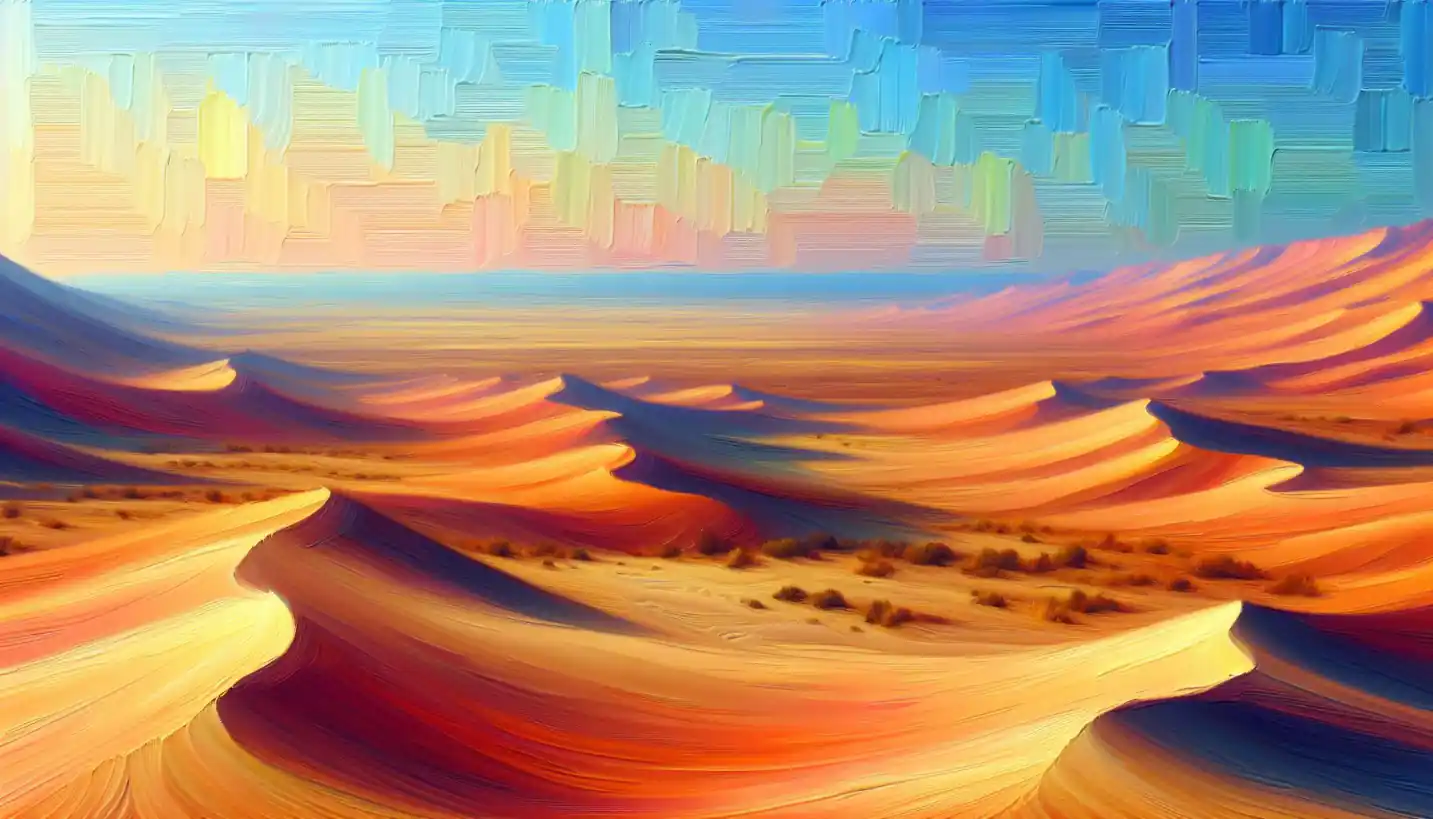· Earth Science · 3 min read
Kettle Lake Mysteries: Nature's Glacial Masterpieces
Kettle lakes, formed by retreating glaciers, are nature's hidden gems. Explore how these serene bodies of water came to be and what secrets they hold.

Nestled among fields and forests, you might stumble upon small, round, tranquil bodies of water that seem like peaceful isolates in the landscape. These charming lakes are known as kettle lakes, and they have fascinating origins tied to the icy histories of our planet. Let’s dive into the story of these natural wonders, exploring how they formed, their significance in earth science, and why they spark curiosity among scientists and nature lovers alike.
Kettle lakes are all about the magic that ice can weave over thousands of years. Picture glaciers, those enormous rivers of ice, slowly creeping across the land during the Ice Age. As climate shifted and temperatures rose, these glaciers began to melt, leaving behind landscapes forever changed. Kettle lakes were born from this dramatic dance of ice and warmth.
When a glacier retreats, it deposits mounds of sediment and debris called moraines. But sometimes, massive chunks of ice break off and get buried within these deposits. As time passes, these ice chunks melt, and the sediments above them collapse, creating depressions in the ground. Once filled with rainwater and groundwater, these depressions become the kettle lakes we see today.
A hallmark of kettle lakes is their unique shape. Unlike larger lakes formed by rivers or tectonic activity, kettle lakes are typically small, round, and shallow. They can be found alone or in clusters, dotting landscapes with a necklace of sparkling water features. Each lake tells a story of the glacier that once existed, acting as a natural relic of Earth’s icy past.
You might wonder why scientists are so captivated by kettle lakes. These tiny bodies of water are brilliant natural laboratories. They offer insights into the history of glaciation—allowing researchers to reconstruct past climate events and understand the dynamics of ice sheets. By studying the sediment layers at the bottom of kettle lakes, scientists can glean information about vegetation, climate changes, and even human influence over the millennia.
Consider the role of kettle lakes in supporting biodiversity. Despite their small size, they provide vital habitats for various forms of life. You might find amphibians, insects, and birds thriving in these ecosystems. The lakes often have unique water chemistry, influenced by the minerals left behind by glaciers, which can support specialized plant life and contribute to regional ecological diversity.
Kettle lakes also serve as reminders of the delicate balance of ecosystems. They are sensitive to changes in the environment, such as shifts in precipitation patterns or pollution. Because of this, they are excellent indicators of environmental health and can highlight the impacts of human activity on natural landscapes.
Moreover, these lakes hold significant cultural value. Many local communities connect with kettle lakes through recreational activities like fishing, swimming, and hiking. They provide aesthetic beauty and peaceful spots for reflection, making them cherished landmarks in many regions.
So, kettle lakes are more than just pretty pools of water. They are windows into Earth’s glacial past, vital ecological habitats, and indicators of environmental health. The next time you come across a kettle lake, take a moment to ponder the ancient forces that crafted it, the vibrant life it supports, and the ongoing dialogue between nature and science that it represents.
In a world where water bodies often face threats from climate change and human impact, kettle lakes remind us of the power of nature to shape the environment in unexpected ways. They urge us to appreciate and protect the delicate and mysterious wonders of our planet’s history. What other secrets might they uncover about the glaciers that once majestically roamed the Earth? The answers lie in their tranquil, reflective waters, waiting for curious minds to explore.



